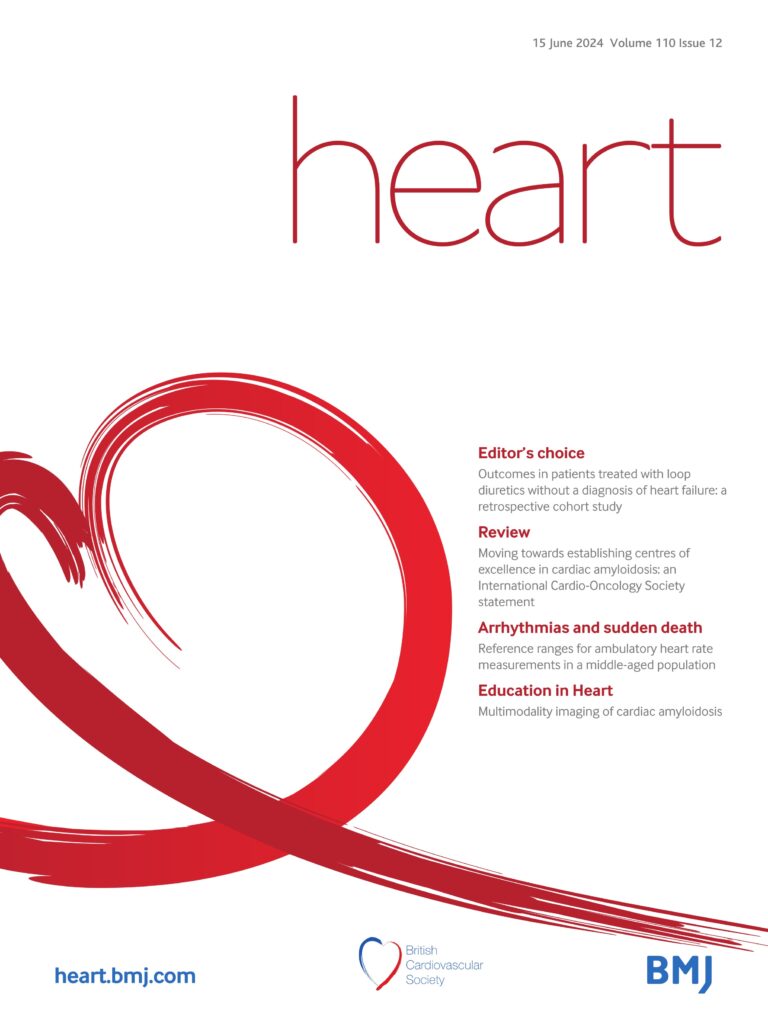
Introduction
Systemic amyloidosis is characterised by misfolding of proteins which deposit as insoluble amyloid fibrils in various organs, including the heart. Most cases of cardiac amyloidosis (CA) result from misfolding of immunoglobulin light chains produced by a clonal plasma cell disorder (AL amyloidosis), or transthyretin (TTR) protein produced predominantly in the liver (ATTR amyloidosis). ATTR amyloidosis frequently results from age-related misfolding of the wild-type TTR (ATTRwt), and less commonly, from misfolding of a variant TTR from an autosomal dominant mutation of the TTR gene (ATTRv). The misfolded proteins deposit as insoluble amyloid fibrils in the myocardial interstitial space, disrupting its architecture and causing a prototypical restrictive cardiomyopathy with high mortality. Without treatment, median survival from diagnosis ranges from <6 months for AL-CA to 3–5 years for ATTR-CA.1 Diagnosis is often delayed because of low disease awareness, leading to worse clinical outcomes.2 Fortunately, highly effective treatments are available for amyloidosis. Daratumumab, a CD38 monoclonal antibody directed against plasma cells, when added to standard of care therapy with CyBORD (cyclophosphamide, bortezomib and dexamethasone), substantially improves survival in AL amyloidosis compared with CyBORD alone; daratumumab was approved for treatment of AL amyloidosis in 2022.3 Novel therapies that stabilise (tafamidis, acoramidis) or silence (inotersen, patisiran, vutrisiran) ATTR protein have improved survival and heart failure hospitalisations compared with placebo.4 Currently, tafamidis is the only approved therapy for ATTR-CA. Remarkably, a recent report described three …
- SEO Powered Content & PR Distribution. Get Amplified Today.
- PlatoData.Network Vertical Generative Ai. Empower Yourself. Access Here.
- PlatoAiStream. Web3 Intelligence. Knowledge Amplified. Access Here.
- PlatoESG. Carbon, CleanTech, Energy, Environment, Solar, Waste Management. Access Here.
- PlatoHealth. Biotech and Clinical Trials Intelligence. Access Here.
- Source: https://renal.platohealth.ai/multimodality-imaging-of-cardiac-amyloidosis/
